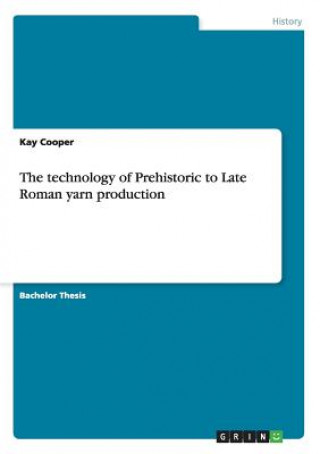
Kód: 01638839
technology of Prehistoric to Late Roman yarn production
Autor Kay Cooper
Bachelor Thesis from the year 2009 in the subject Archaeology, grade: 2.1, University of Nottingham, course: B.A Honours, language: English, abstract: Within this dissertation, I shall be considering the technology of prehistoric ... celý popis
- Jazyk:
 Angličtina
Angličtina - Vazba: Brožovaná
- Počet stran: 112
Nakladatelství: Grin Publishing, 2010
- Více informací o knize

Mohlo by se vám také líbit
-
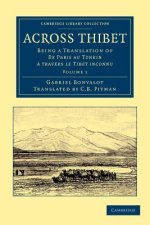
Across Thibet
1149 Kč -

Small Group Tracks: Guitar Track 2
588 Kč -

Joyous Body
1517 Kč -
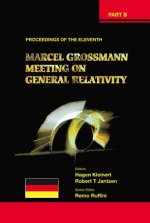
Eleventh Marcel Grossmann Meeting, The: On Recent Developments In Theoretical And Experimental General Relativity, Gravitation And Relativistic Field
36181 Kč -

ADHD and Social Skills
1798 Kč -

Penelope
282 Kč -
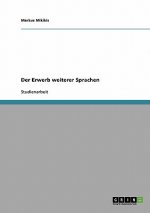
Erwerb weiterer Sprachen
1063 Kč
Darujte tuto knihu ještě dnes
- Objednejte knihu a zvolte Zaslat jako dárek.
- Obratem obdržíte darovací poukaz na knihu, který můžete ihned předat obdarovanému.
- Knihu zašleme na adresu obdarovaného, o nic se nestaráte.
Více informací o knize technology of Prehistoric to Late Roman yarn production
Nákupem získáte 188 bodů
 Anotace knihy
Anotace knihy
Bachelor Thesis from the year 2009 in the subject Archaeology, grade: 2.1, University of Nottingham, course: B.A Honours, language: English, abstract: Within this dissertation, I shall be considering the technology of prehistoric to Late Roman yarn production. To understand any textile, you first need to understand the components, from which it is constructed. At the base level are the fibres that are gathered and processed and then spun to make the yarn, which eventually will be woven into a completed textile. These fibres include tree and plant basts, animal hair and more obscure varieties, such as mineral and mollusc fibres. In the first two chapters, I shall be considering how these fibres were gathered and processed, prior to being spun. I will begin with a consideration of bast fibres and then move on to mineral and animal fibres, including both evidence from archaeological finds and textual references from ancient writers such as Pliny the Elder. In chapter 3, I will discuss the beginnings of the evolution of yarn from its earliest phases. This includes the hand twisting of fibres to form string and cord, which was the forerunner to yarn. Hopefully, this will provide an anthropological context to the subject. The evidence for string and cord comes predominantly from archaeological finds, including pottery.Finally, I shall consider the art of spinning, the archaeological evidence for the spinning process and its interpretation. This will include weaving or spinning bowls, distaffs and spindle whorls and evidence from pottery, art, literature and completed textiles. This dissertation will include evidence predominantly from Europe. However, I will also consider, in part, the wider ethnographical evidence, from places such as Mesopotamia and Egypt, in order to provide an insight into the global context.
 Parametry knihy
Parametry knihy
Zařazení knihy Knihy v angličtině Humanities History
1879 Kč
- Plný název: technology of Prehistoric to Late Roman yarn production
- Autor: Kay Cooper
- Jazyk:
 Angličtina
Angličtina - Vazba: Brožovaná
- Počet stran: 112
- EAN: 9783640761289
- ISBN: 3640761286
- ID: 01638839
- Nakladatelství: Grin Publishing
- Hmotnost: 154 g
- Rozměry: 210 × 148 × 7 mm
- Datum vydání: 28. November 2010
Oblíbené z jiného soudku
-

God's Playground
1132 Kč -
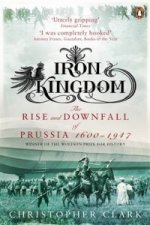
Iron Kingdom
542 Kč -
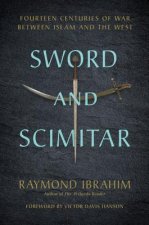
Sword and Scimitar
592 Kč -
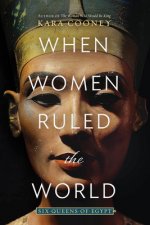
When Women Ruled the World
557 Kč -
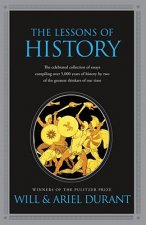
The Lessons of History
276 Kč -

Killers of the Flower Moon
268 Kč -
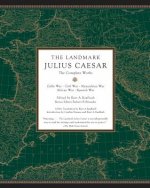
Landmark Julius Caesar
706 Kč -

Under the Black Flag
421 Kč -

God's Playground
1174 Kč -
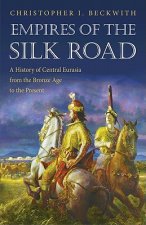
Empires of the Silk Road
492 Kč -

Access to History for the IB Diploma: Authoritarian states Second Edition
926 Kč -

God's War
596 Kč -

Energy
599 Kč -
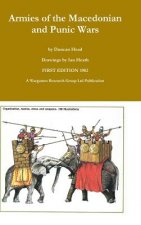
Armies of the Macedonian and Punic Wars
1272 Kč -
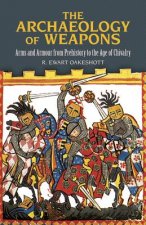
Archaeology of Weapons
361 Kč -
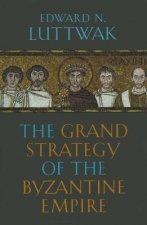
Grand Strategy of the Byzantine Empire
827 Kč -

Armies of Feudal Europe 1066-1300
1083 Kč -
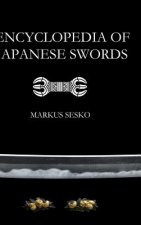
Encyclopedia of Japanese Swords
2001 Kč -
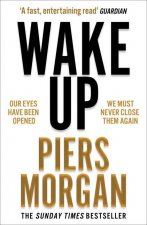
Wake Up
276 Kč -

Lies My Teacher Told Me
386 Kč -

Conquering Tide - War in the Pacific Islands, 1942-1944
848 Kč -

Vienna 1683
560 Kč -
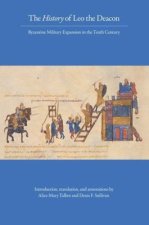
History of Leo the Deacon - Byzantine Military Expansion in the Tenth Century
719 Kč -

Civilian Warriors
382 Kč -
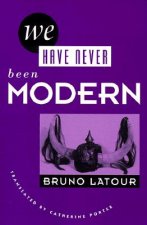
We Have Never Been Modern
887 Kč -
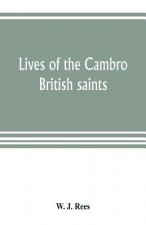
Lives of the Cambro British saints, of the fifth and immediate succeeding centuries, from ancient Welsh & Latin mss. in the British Museum and elsewhe
740 Kč -

AN ESSAY ON CRITICISM. WITH NOTES BY MR.
527 Kč -
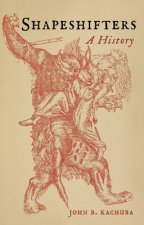
Shapeshifters
490 Kč -

Europe Knows Nothing about the Orient - A Critical Discourse (1872-1932)
585 Kč -

Gaza Unsilenced
523 Kč -
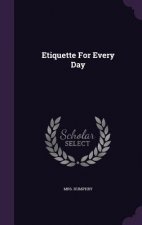
Etiquette for Every Day
1125 Kč -
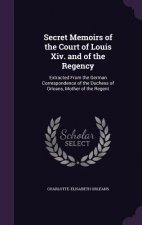
SECRET MEMOIRS OF THE COURT OF LOUIS XIV
1124 Kč -
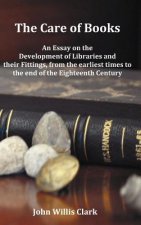
Care of Books - An Essay on the Development of Libraries and Their Fittings, from the Earliest Times to the End of the Eighteenth Century. Fully Illus
810 Kč -
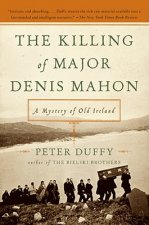
Killing of Major Denis Mahon
414 Kč -

Compendiun on the Soul
473 Kč -
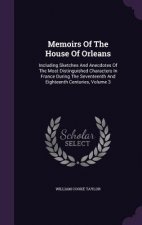
Memoirs of the House of Orleans
1096 Kč -

Gaza
852 Kč -
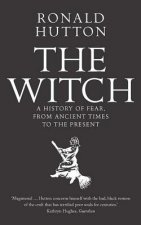
Witch
415 Kč -

Battle Cry of Freedom
570 Kč -

Army of None
394 Kč -
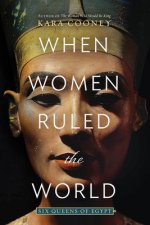
When Women Ruled the World: Six Queens of Egypt
365 Kč -
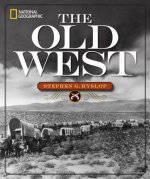
National Geographic The Old West
956 Kč -

Pax Romana
410 Kč -
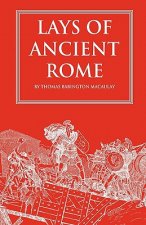
Lays of Ancient Rome
278 Kč -

Kingdom in the Sun, 1130-1194
357 Kč -
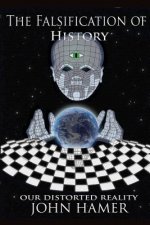
Falsification of History: Our Distorted Reality
826 Kč -
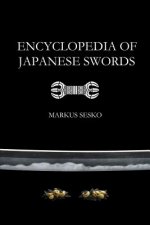
Encyclopedia of Japanese Swords (Paperback)
1302 Kč -
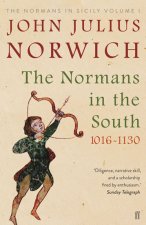
Normans in the South, 1016-1130
357 Kč -

Tudor Fashion
882 Kč
Osobní odběr Praha, Brno a 12903 dalších
Copyright ©2008-24 nejlevnejsi-knihy.cz Všechna práva vyhrazenaSoukromíCookies



 Vrácení do měsíce
Vrácení do měsíce 571 999 099 (8-15.30h)
571 999 099 (8-15.30h)